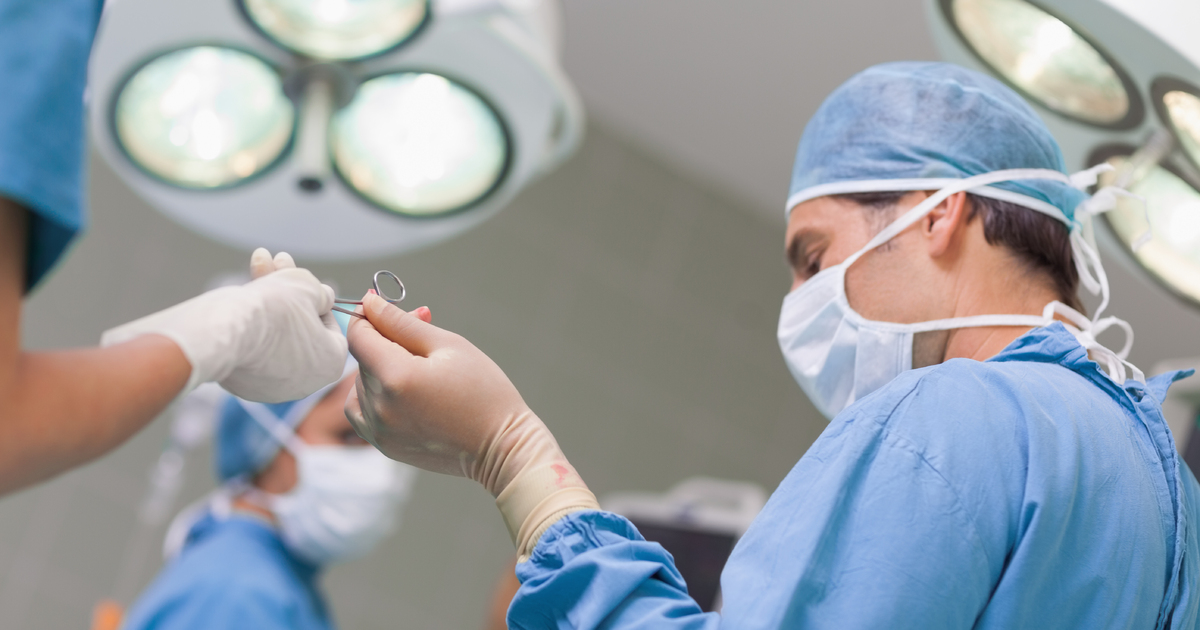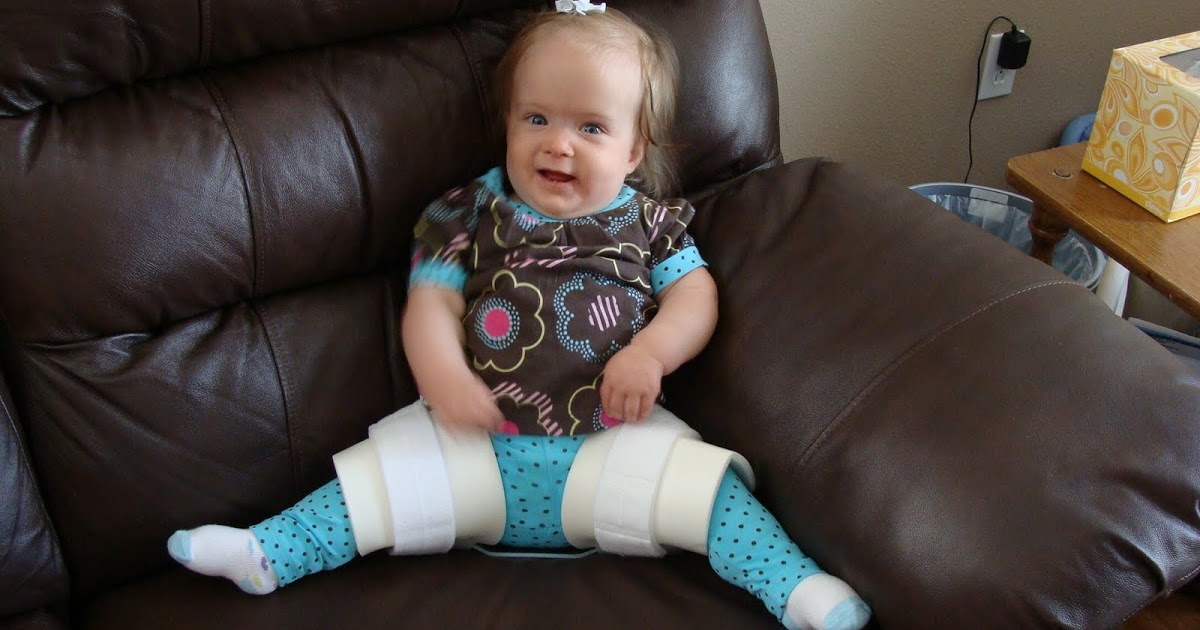Methods For Treating And Managing Hip Dysplasia
Pelvic Or Femoral Osteotomy

A pelvic or femoral osteotomy is performed to correct misalignment of the hip joint. They can be done by themselves or in conjunction with other surgeries. Pelvic and femoral osteotomies are used to fix hip dysplasia by correcting the deformity in the hip joint. A pelvic osteotomy corrects the dysplasia by cutting away bone and repositioning the hip socket in the pelvis. The surgeon places a piece of bone into the top of the socket to increase its size so it covers the ball area better. This piece of bone is held in position by screws. A femoral osteotomy corrects deformities of the femur and the hip joint and reshapes the femur so it fits better in the pelvic area. It realigns the bone and brings it closer to normal anatomy. Risk factors of pelvic and femoral osteotomies include bleeding, infection, or injury to nearby organs and tissues. More severe cases of dysplasia may need replacement surgery or another kind of osteotomy that can reposition the socket to fit better with the ball.
Hip Abduction Braces

Age is one of the many factors that determine treatment for hip dysplasia. Many individuals are born with the condition, so babies diagnosed early can start treatment with hip abduction braces, which is one of the least aggressive treatments for hip dysplasia. It can be used to treat newborn babies because they’re very flexible and their hips can be realigned with little effort. A newborn’s dysplastic hip will move into the socket very easily, so a brace can be used to hold the ball of the joint in the socket and prevent extra movement. The braces will help the various parts of the hip joint to develop normally and become stable. Hip abduction braces are frequently used after treatments with a hip spica, which is a rigid cast. This allows for more range of motion while the hip is growing. Most braces are worn full-time for six to twelve weeks and then part-time for another four to six weeks after the hips become stable. The brace can be removed for diaper changes and bathing, but the legs must remain apart to maintain alignment of the ball and socket.
